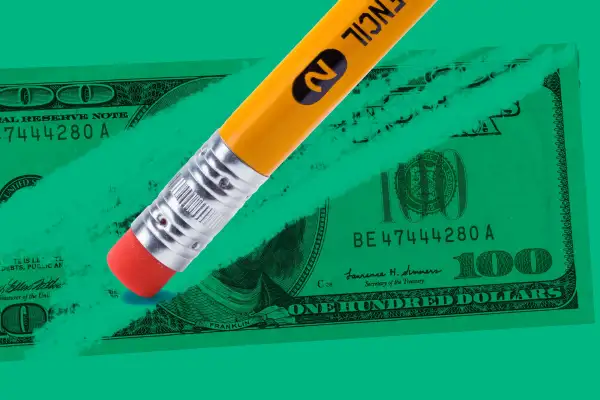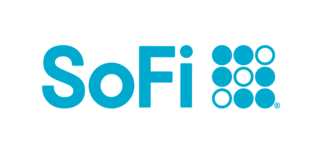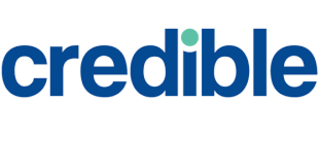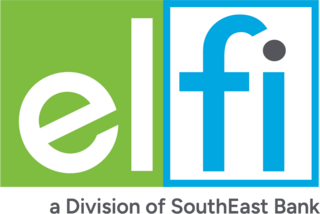1 Million Public Service Workers Have Now Had Their Student Loans Forgiven

More than 1 million student loan borrowers have now qualified for Public Service Loan Forgiveness.
The milestone comes as the Biden administration on Thursday announced the latest batch of forgiveness for public-sector workers, with more than 60,000 borrowers getting $4.5 billion of debt canceled. In all, nearly $74 billion in debt has been canceled through the program in the past three years.
This “isn't just a number. It's life-changing debt relief for over a million people who now have more breathing room to buy homes, start small businesses, save for retirement and more,” Natalie Quillian, White House deputy chief of staff, said on a call with reporters.
Public Service Loan Forgiveness, or PSLF, was created in 2007 to offer loan relief for borrowers who spend at least a decade working in (often low-paying) government or nonprofit jobs. Borrowers have to make 120 qualifying monthly payments while working for an eligible employer to get their loans canceled.
In the past, PSLF was infamous for its high denial rates. At the time, the application process was complicated, borrowers regularly reported confusion around eligibility requirements, and stories about loan servicers miscounting payments were common.
In 2021, less than 7,000 borrowers had successfully qualified for loan forgiveness through PSLF — fewer than 3% of all applicants.
“For too long, the program failed to live up to [its] commitment,” Quillian said.
But approval counts have surged following the Biden administration’s efforts to overhaul the program. The White House rolled out a temporary waiver that gave borrowers credit for past payments that didn’t count because of administrative errors and enacted permanent changes that simplified the eligibility requirements and the process for certifying employment. More recently, the administration moved all PSLF management to Studentaid.gov with the goal of allowing borrowers to more easily track their progress toward forgiveness.
“This is something that we're extremely proud of — not only the number but also that the process is fixed so that it can continue providing forgiveness for public servants for years to come,” Secretary of Education Miguel Cardona said.
With just a few weeks to go before the presidential election, he also painted the PSLF changes as a win for the Biden administration, comparing the recent approval numbers to those under former President Donald Trump. Trump, of course, is running against current Vice President Kamala Harris.
Why PSLF is so important
Improving the accessibility and reliability of PSLF has far-reaching economic and social benefits, according to a separate analysis published Thursday from the White House Council of Economic Advisors.
The program was designed to help critical jobs — think: teachers, social workers, nurses and doctors — be more financially viable. But the CEA analysis shows there’s still work to do.
Over the past two decades, public-sector workers earned, on average, 93 cents for every dollar paid to private-sector workers of similar ages and education attainment. The pay discrepancy between the two sectors has gotten worse in recent years, too, increasing from 2.8% in 2011 to 9.5% in 2023. And some professions have a much more dramatic gap. Teachers, for example, earned nearly 29% less in 2022 when compared to all other full-time workers after accounting for age and education.
That, coupled with the high cost of attending college, can discourage people from choosing these careers. That matters because if too few people pursue public-sector positions, there are a host of ripple effects. The CEA points to vacant teaching positions and high turnover at schools, as well as longer wait times for medical appointments and inadequate access to primary care doctors, as examples.
Other Biden administration student debt relief efforts
The latest PSLF discharges come as two of the Biden administration's other major attempts at student debt relief remain blocked in the courts. The new Saving for a Valuable Education repayment plan and the "Plan B" to forgive some debts of borrowers in more specific situations, like those who've been repaying for decades or who have a financial hardship, are both still on hold.
Still, the Education Department has had considerable success at granting debt relief through existing programs. Aside from Public Service Loan Forgiveness, some 1.4 million borrowers have had loans forgiven through income-driven repayment plans, including those who benefited from a one-time payment count adjustment; more than 1.6 million borrowers who were cheated by their schools or dealt with institution closures have had their debts canceled; and more than 500,000 borrowers with a total and permanent disability have had their debts discharged.
All told, the administration says it has forgiven $175 billion in student debt for more than 4.8 million Americans.
More from Money:
As Student Loan 'On-Ramp' Ends, Missed Payments Will Once Again Hurt Your Credit
An 'Affordable' College Degree Now Means Not Going Into Debt, According to Parents







